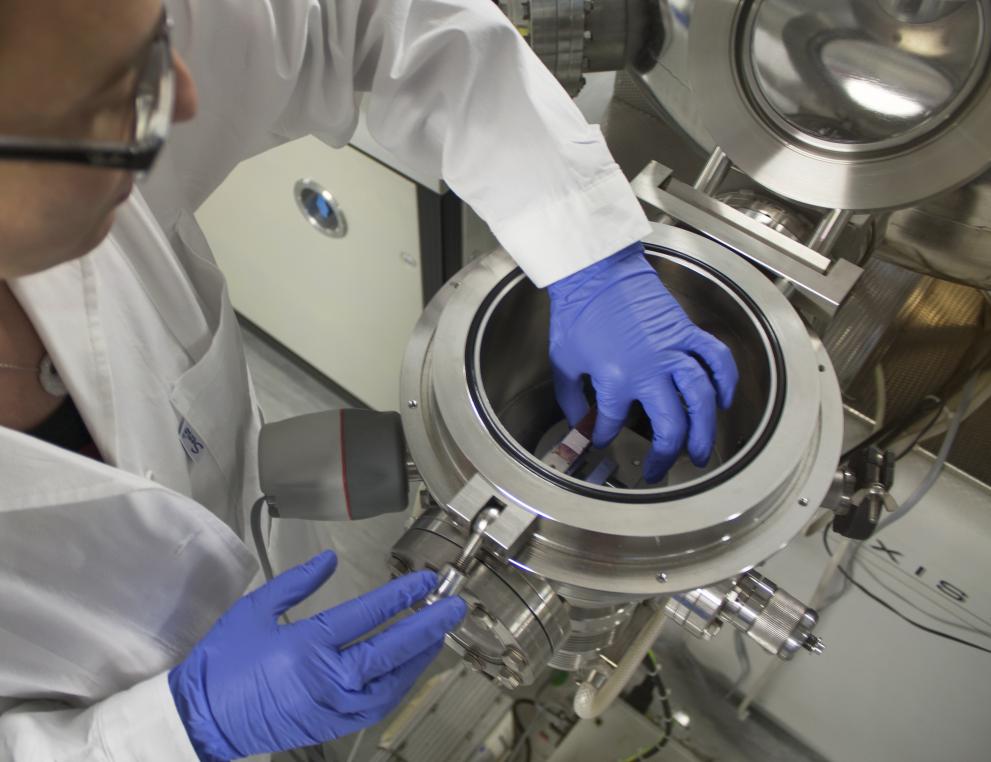
JRC scientists investigated the influence of various purification processes onto the surface composition and chemistry of gold nanoparticles. This work is relevant for the successful application of gold nanoparticles especially to be used as biomedicals and biosensing devices.
Gold nanoparticles and nanorods are amongst the most studied nanomaterials due to the wide range of possible surface modifications achievable via thiols molecules. However, the presence of stabilizers and surfactants may limit the reaction yield and then the reliability and reproducibility of the functionalization process thus impacting the nanoparticles behaviour.
The results of X-ray Photoelectron Spectroscopy (XPS) and Nuclear Magnetic Resonance (NMR) analysis indicate that both processes were able to remove citrate from the solutions.
However, whilst two centrifugations were sufficient to remove almost all the citrate molecules, up to twelve dialysis cycles were necessary to obtain a comparable result. Moreover, the dialysis process was found to impact the solution pH values by ion exchange, resulting in a less stable nanoparticle solution. Finally, it was observed that the purification processes are also influencing the surface functionalization efficiency of nanoparticles.
The study showed the importance of a careful surface analysis of nanoparticles, and more in general nanomaterials, to fully take advantage of their peculiar properties while avoiding any potential adverse effects.
Read more in: R. La Spina et al. "Influence of different cleaning processes on the surface chemistry of gold nanoparticles", Biointerphases 12(2017) 031003 AMER INST PHYSICS; doi: 10.1116/1.4994286
Related Content
Influence of different cleaning processes on the surface chemistry of gold nanoparticles
Details
- Publication date
- 26 October 2017
